Achilles Rupture Recovery (Weeks 0-9)
I've had so many people ask about how my achilles rupture recovery is going. So I've decided to write some update blogs for those that are interested in this recovery and if heaven forbid it happens to you. I found accounts from others through reddit and youtube really helpful to help set my expectations.
So buckle up to find out way more about ruptured achilles recovery than you ever wanted :)
Week 1 & 2:
If you don't know the story, my husband and I were at a Friday night cardio tennis group for a date night back in October. With 5 minutes left in the session, we were playing a doubles game and I went to hit a forehand. Nothing crazy. Nothing out of the ordinary. And there was this POP that echoed throughout the bubbles. My heel felt like either an errant tennis ball from another court hit it or someone behind me stepped on it. When I looked around, there was nothing there and everyone was staring at me. I ended up walking off the courts as I wasn’t in “pain” and the ankle just felt really stiff. But as I was walking to the club house, I started getting light headed and clearly was in shock. My husband took me straight to urgent care, where they splinted it and did some xrays to make sure it wasn't bone related.
While I was waiting for the splint, I was in quite a bit of pain and started a pretty heavy dose of ibuprofen and Tylenol for the next few days.
I wasn't able to get into the orthopedic urgent care until Monday where I was put into a cast, confirmed it was ruptured by a PA, had more x-rays, and an MRI was ordered. A day later, I had the MRI. The results were confirmed within a day and then I was referred to the surgeon. The surgeon couldn't get me in for another 1.5 weeks. So I had a lot of time in these first two weeks to read everything I could online about the recovery process and watch a lot of youtube videos from folks going through their recovery. I was convinced from all of this I would go with the surgery route of repair. But incredibly frustrated with what I felt like were 2 wasted weeks because of the length of time before seeing the surgeon.
During this time, I was actually pretty mobile for someone on crutches. The weight of the cast didn't bother me and I was able to crutch around the house and office pretty well. And my high dose of tylenol and ibuprofen kept pain away.
One of the biggest adjustments over these weeks was the fact I couldn't carry stuff around the house because of the crutches and not being able to drive. My rupture is on my right foot so driving is completely off limits. We had to rely a lot on my inlaws that live near us for helping drive the kids to their activities. And my mother in law was a saint cooking dinner for us every night and going grocery shopping for us. Not being able to carry my coffee was something I just couldn't come to terms with but luckily my kids and husband kept me supply coming.
I decided in this time period to stick with crutches rather than any other mode of getting around. I didn’t want to acquire a bunch of pieces of equipment I would eventually not use and I was happy enough with my ability to get around with the crutches that I didn’t feel like a knee scooter would improve my quality of life.
Products I found helpful these weeks:
- Pillows to elevate my bad foot. My MIL broke her ankle a few years ago so she had wedge type pillows that I used at the house and the office to keep my foot elevated. I also found our couch pillows worked pretty well for this.
- The weather turned during these weeks so I ended up buying a fleece cover for my cast to keep my toes warm. I ended up only using this for like 5 days because my cast was taken off at 2.5 weeks so I probably wouldn’t have bought it if I knew my cast was coming off.
- I lived in athletic shorts these weeks. I used our Momentum Run Shorts a lot because I had pockets to carry my phone and snacks around easily. My Koala Clip was helpful for days I had to wear shorts without pockets. I bought some pants with wide legs to get over my cast but I didn’t like the extra weight on it so those ended up being a bad purchase.
Week 3 -
I saw the surgeon about 2.5 weeks after the rupture. He is the head of the foot/ankle surgeons at a local hospital and was someone a friend had used for their achilles repair several years ago. I could have seen a different surgeon the week before but I wanted to go with experience and the personal recommendation. My cast was taken off at this appointment and the surgeon actually didn't suggest surgery. Based on the location of my rupture, he couldn't guarantee any better outcome from surgery and then you add in all the risks with surgery. The more modern approach to achilles repairs is non-surgical, even if you have high athletic goals. This surgeon only performs surgical repairs in about 5 percent of patients now (basically just teenagers that can't be trusted to go through the boot healing process).
One of the main points that convinced me to go the non-surgical route was the fact that I was almost 3 weeks into the healing process by this point. If I had surgery, I would go back to square one and start all over. That fact alone and then the surgeon’s guarantee that he had people back out running marathons and playing tennis, let me trust it would work to heal without surgery. So I was put into a walking boot with a bunch of wedges to keep my achilles in a short length to be able to heal, and off I went on my crutches.
I had a hard time adjusting to the weight of the walking boot both for moving around and sleeping. I ended up sleeping on the couch for about a week so I could prop the boot against the side and help sleep a bit better. I also felt less mobile from this transition until I adjusted to the weight of the boot.
Products that helped this week:
- The only thing I bought this week was socks. I wanted tall socks to wear under my boot. I bought a pair I saw another woman use during her recovery but those ended up being too tight and compressive for me at this stage. I ended up buying some tall diabetes socks. These worked really well to keep my toes warm, easy to get on and off over my ankle without any tugging, and went up to the top of my boot.
Weeks 4 - 6
I was actually referred to PT right away so I met with a PT that works closely with my surgeon at the start of my 3rd week of recovery. Basically the PT and surgeon work together to monitor my progress and decide on milestones (like walking, moving to shoes). The first few meetings with her during these initial weeks were just about getting my ankle and foot moving again. Even though I was only in a cast for a few weeks, my muscles had atrophied significantly and I know little control over simple foot movements, so I began doing some basic ankle movements - like pushing my toes down, and moving my foot side to side. I was having some hip pain with transitioning to the boot. My hip flexors were really annoyed with the weight of the boot so we started to do some basic strengthening exercises for my quads, hamstrings, and glutes (tightening my quad, straight leg raises lying on back, side leg lifts, and hamstring curls).
Over these weeks, the wedges in my boot were removed weekly. Each week a wedge was taken out and my foot was put into a more flat position in the boot. Around week 5, I could start putting some weight on my bad leg which also helped with my hip flexors being aggravated.
At week 6, I was in my boot without any wedges. This is also the point that I could put full weight on my bad leg. I was hoping that I would miraculously have the final wedge removed and be able to take off walking in the boot. That did not happen. It took me a lot of work over the following week to ween off my crutches. I used the island in our kitchen as my training ground. I started with having one crutch under my left arm (my good leg), and using my right hand to help support while trying to get around the island. Throughout the week I did lap after lap this way. Until I could crutch around the house with only one crutch. Then I moved on to using the island for support without the crutch. By my PT appointment the next week, I was able to walk in without crutches.
I also had to spend a lot of time getting my quad to activate again. I did a lot of just tightening my quad before trying to walk. And I found the simple exercise of a leg extension with my boot on really helped me activate my quads and start building back some strength. It took me about 3 weeks to have enough strength back in my quad to be even be able to do that simple movement of a leg extension (sit in chair with foot on the floor, tighten my quad and try to bring my foot in alignment with my knee).
Week 6 also brought along putting my foot into a shoe. I brought a shoe with me to my appointment, and I couldn't get it in! I ended up being able to cram it in just to go over the exercises. I had to go buy a new pair of sneakers in about 1 full size larger than my typical shoe size. Once I had a shoe my exercises evolved to start do them wearing a shoe, like seated heel lifts and working on a single leg balance.
Products I found helpful these weeks:
- I finally moved back upstairs to sleep around the beginning of week 4. I had a yoga bolster pillow that I was able to use as a way to rest my boot at night. So I had it propped on a pillow from the bed and then this thick, heavy yoga bolster propped on it’s side so I can lean my boot on it. It wasn’t perfect but I felt better sleeping in my bed again.
- Digital Library Rentals - I loved to read on my Kindle but I was spending so much money on books over the first month. I then discovered our library has a digital lending app that I can borrow through them and read on my kindle. A real game changer.
- Kitchen Garbage Bags for covering my boot in bath. My MIL actually gave me a reusable cover when I had my cast but I found it hard to get over my boot and while my doctor and PT said I could take my boot off to take a bath, I just didn’t want to risk any chance of slipping. So I lightly taped a garbage over my boot for these weeks while taking baths. I was able to reuse it several times so I wasn’t going through very many to avoid additional waste.
Week 7 - 9
These three weeks really were the changing point in feeling like I had mobility back and some autonomy. I was able to move around the house and outside without my crutches. I could carry my coffee around the house! And I was able to start cooking dinner again for the family. I could also walk up the stairs instead of scooting up like I had been for the last 7 weeks.
I met my surgeon at the beginning of week 7. He confirmed the achilles was healing as he expected. I still had a lot of swelling around my ankle so he suggested I use a light compression sock to see if that helps reduce the swelling. I had actually bought some socks back in week 3 that I couldn’t use then. I could get them over my ankle now and with their light compression, my ankle swelling really subsided over the course of the week.
The big change right away was I could sleep without my boot on at night. I had to keep my crutches near by bed in case I had to get up in the middle of the night. That would mean either crutching or putting my boot on to move around. But wow what a change to be able to sleep without that on!
My exercises during these weeks started to be more challenging. I was doing them either in my shoes or bare feet. Seated heel raises started being done in bare feet and with weights. I began doing mini squats and lunges to start getting my knee to track over my foot again. Between my achilles repair and the front part of my leg being immoblized from the boot and cast, I have to train those muscles to work again to walk and then run,as my PT calls it “tibia transference.” I also started doing some standing heel raises, with most of my weight on my good foot. I also got clearance to start upper arm workouts with weights, and using weights on my seated heel lifts.
The other big event from these weeks was taking a shower standing up. My PT gave me the go ahead to take a shower standing as soon as I could stand flat footed on both feet and I felt confident. It took me a few weeks from when she told me this to feel confident enough to give it a try. The biggest concern at this stage is slipping and catching my tender achilles and over stretching it to either break the healing fibers or fully pull it a part. I have been super cautious to avoid this from happening, probably taking more time for each new step to feel confident.
I am in week 9 right now. I can now walk pretty well with my shoe on even though I am still primarily in the boot. At my last PT, I was allowed to try biking while wearing my shoe. That went well so my husband set up my road bike on our bike trainer. I raised my seat so my bad leg didn’t have to do as quite a deep a bend on the rotation as normal. The first day I tried using it, I was pretty nervous about it and ended up taping my ankle lightly to just give me some extra insurance I wouldn’t over stretch my achilles. I used it again the next day and I felt a lot more confident. I’m only using it for 5 mins at a time right now, probably will move up to 10 in the next few days. As with all of my recovery, I am only moving on to the next “thing” when I feel 100% confident.
I ended up going with the road bike/trainer set up because I already had it. I asked folks for stationary bike recommendations on instagram at one point and responses helped me realize this would work for me. Many people did respond that they purchased a cheap bike and then used peloton app to compliment it. The majority of people didn’t regret getting their bike and continued to use it even after their injury healed. For me personally, I know that I don’t enjoy cycling. And if I do it, I want to be outside. So using my bike and trainer set up will get me through this period of time when I can’t walk on the treadmill or outside, without any more investment.
I am 10 weeks out from the rupture on Friday. I will see my PT and surgeon over the next few days. They will decide if I’m ready to be “released” from my boot. I’m a bit anxious for this to happen but also nervous about that transition as snow and ice have arrived in NY. I’m thinking of buying a pair of hiking boots or snow boots with strong ankle support to wear outside on days the weather is iffy so I can ditch "das boot" as we have named it but still feel supported.
The other big part of being released from the boot is driving again. I haven’t drove since the rupture happened. Luckily, my husband and in-laws have been able to handle the carting of the kids to activities and household driving needs, but I’m ready. I guess being released from the boot happens between 10 -12 weeks so fingers crossed I’m at the front end of this time frame.
What’s ahead:
A lot more work and a lot more time until I’m going to be released for running or high activity sports. The general timeline my PT gave me was about 5-6 months from the rupture to begin running (which is like february/march) and 8 - 9 months from rupture to play tennis or soccer (like june). This recovery is soooo slow. There are days where I’m amazed at my progress over the last few weeks but also super bummed with just how long it’s going to take to be back to “normal.”





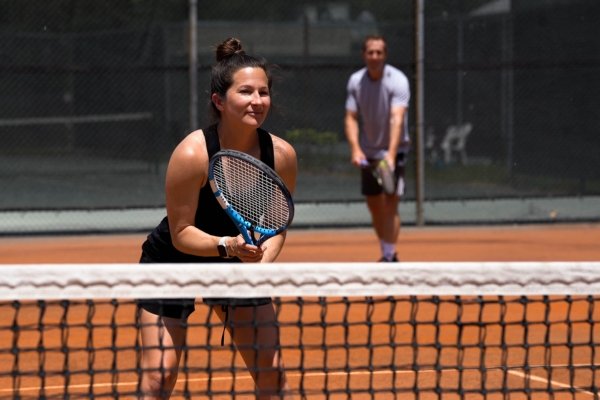
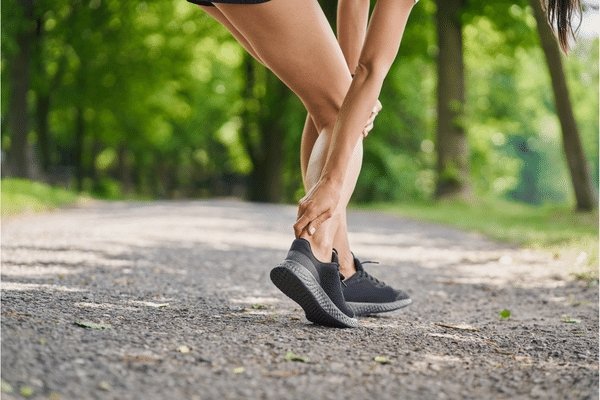

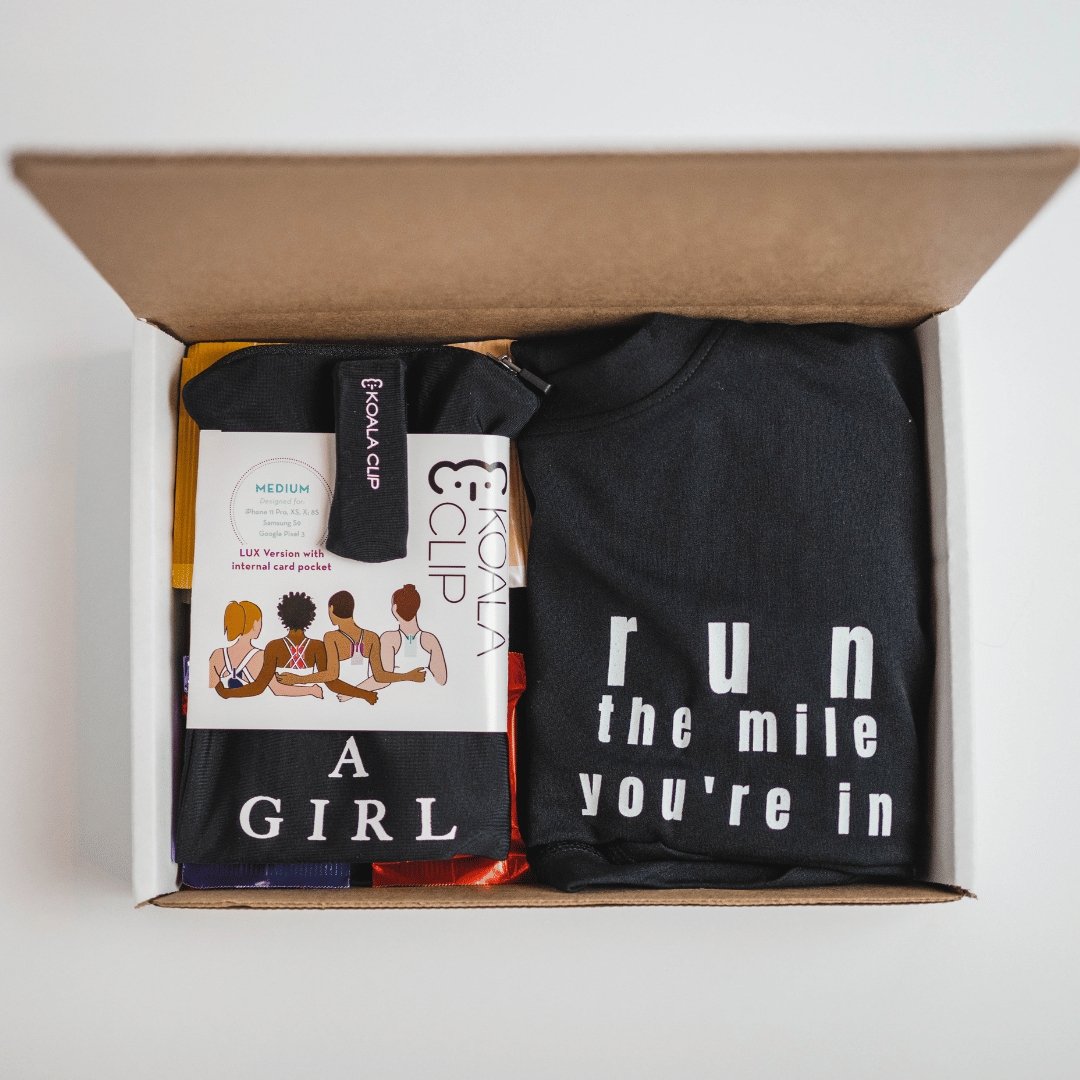
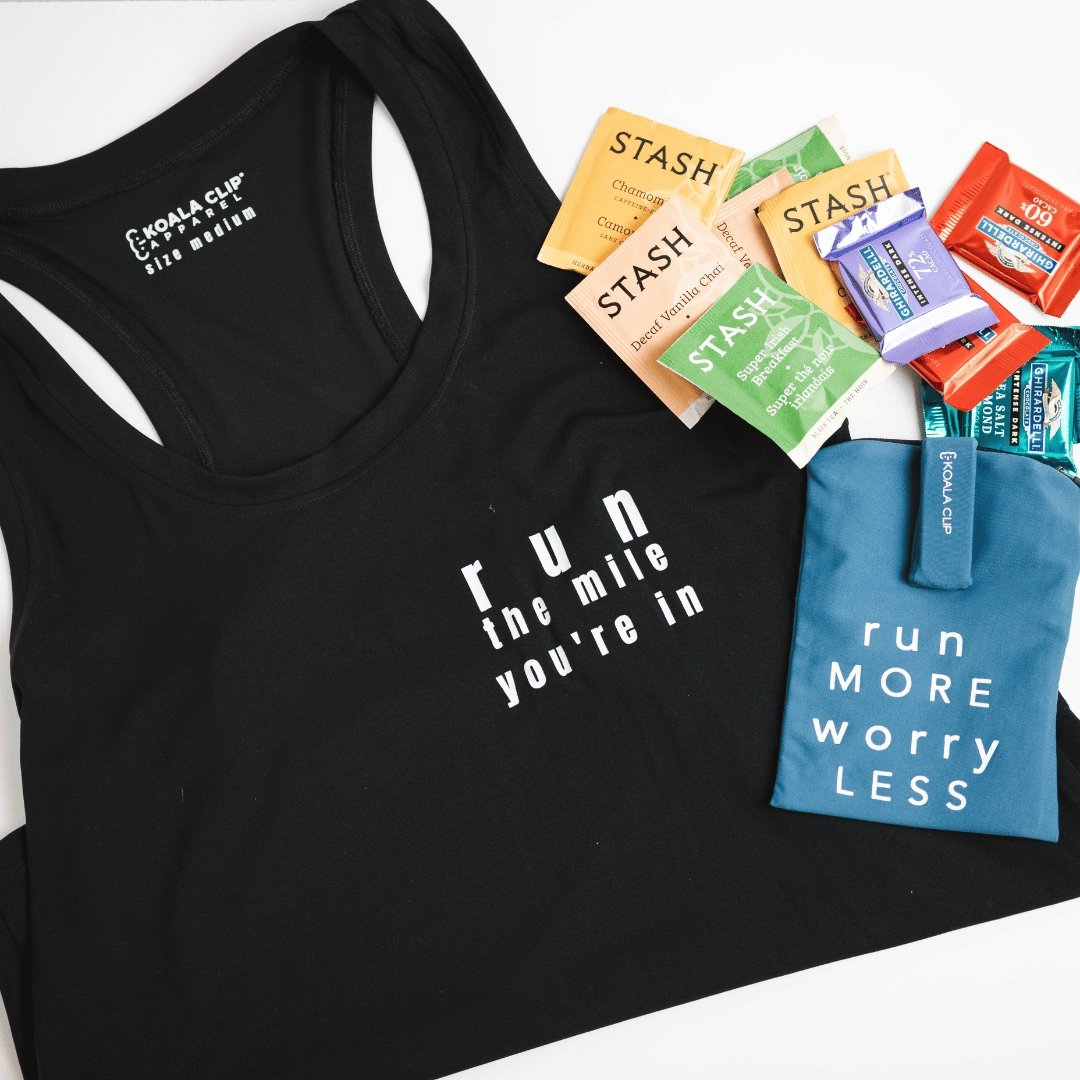
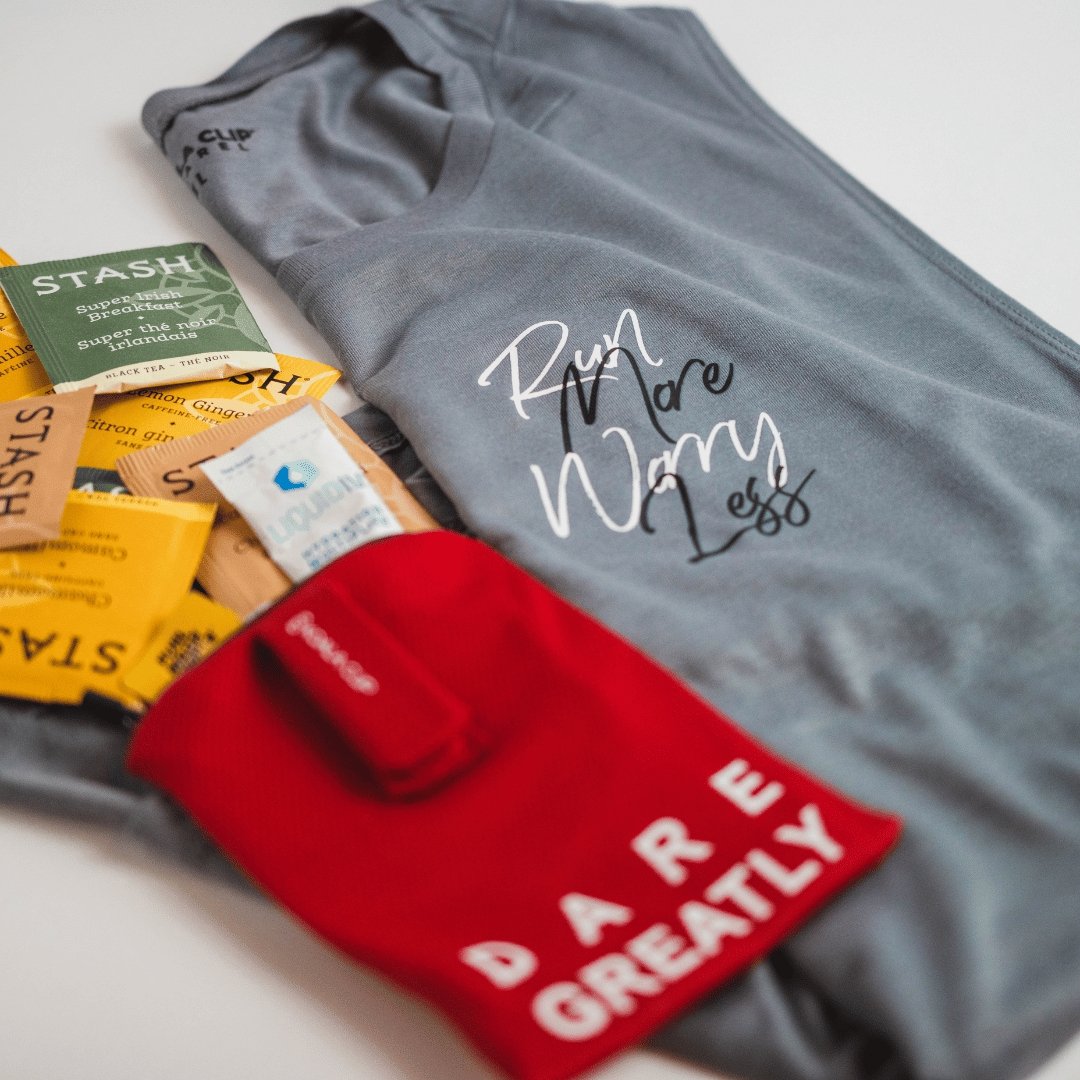
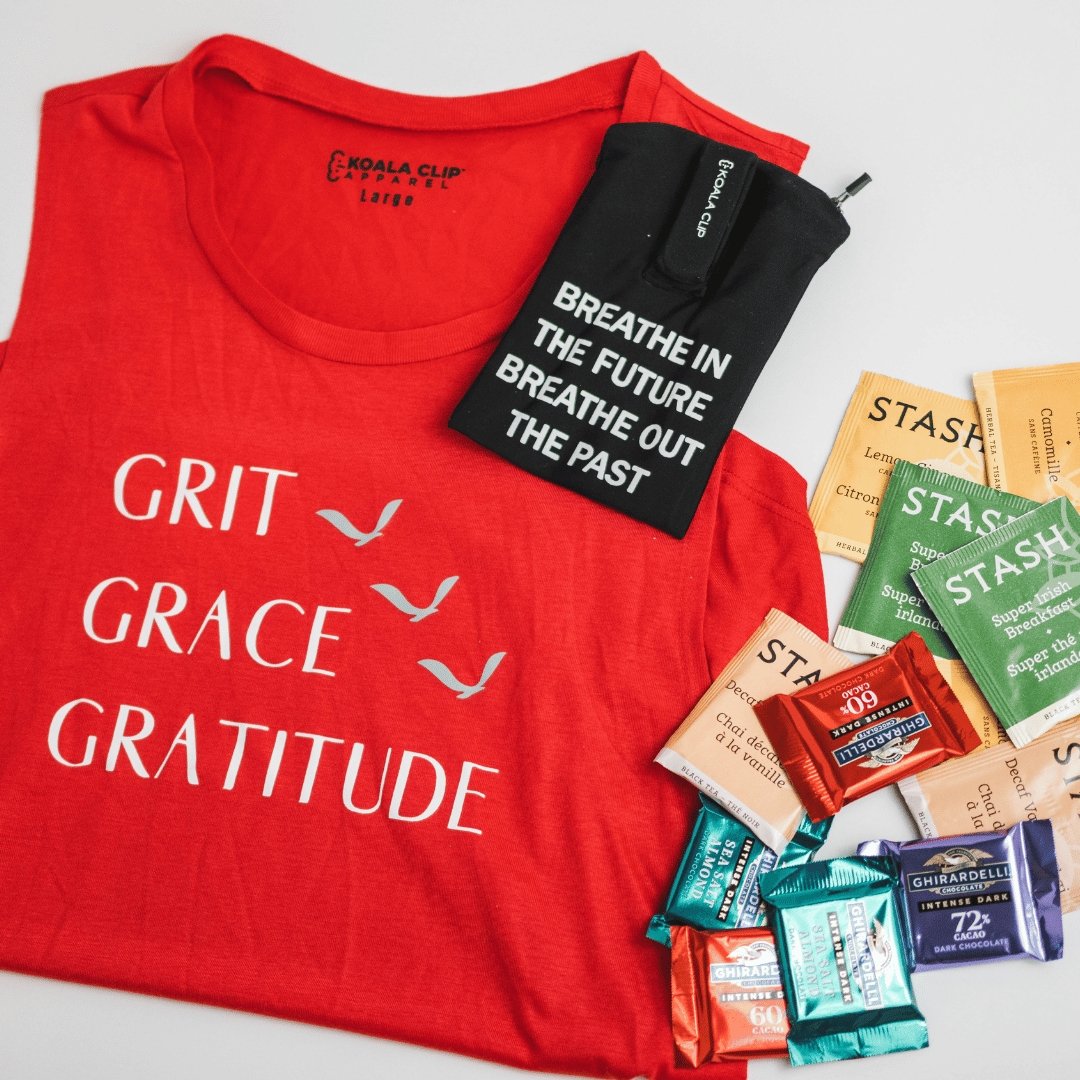
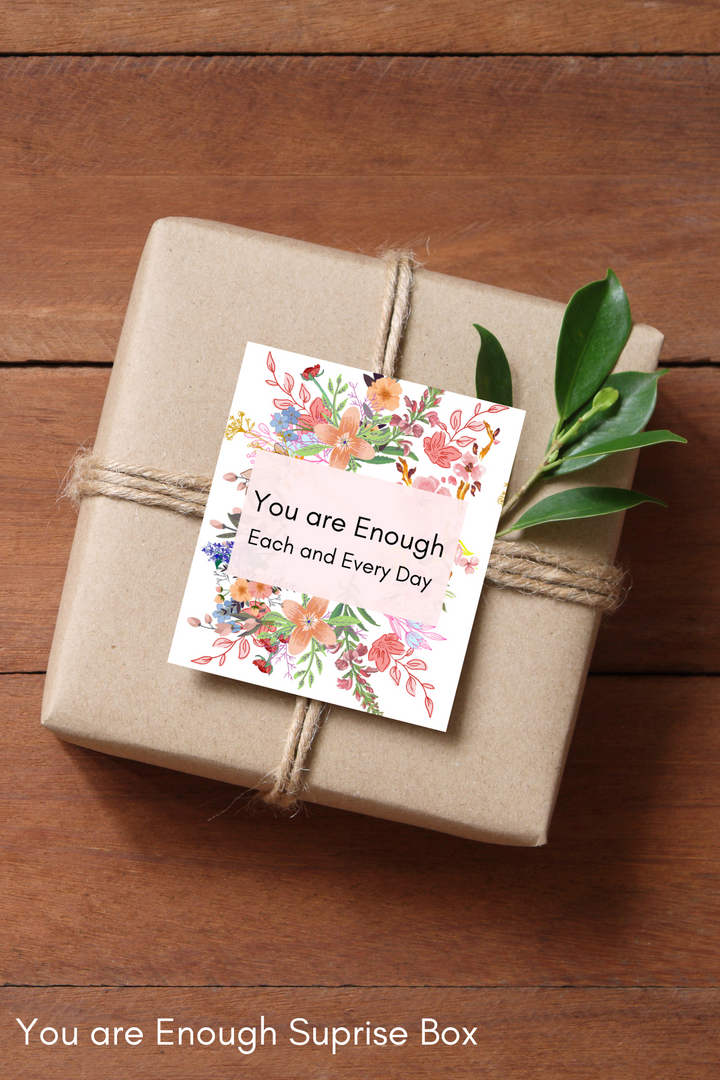
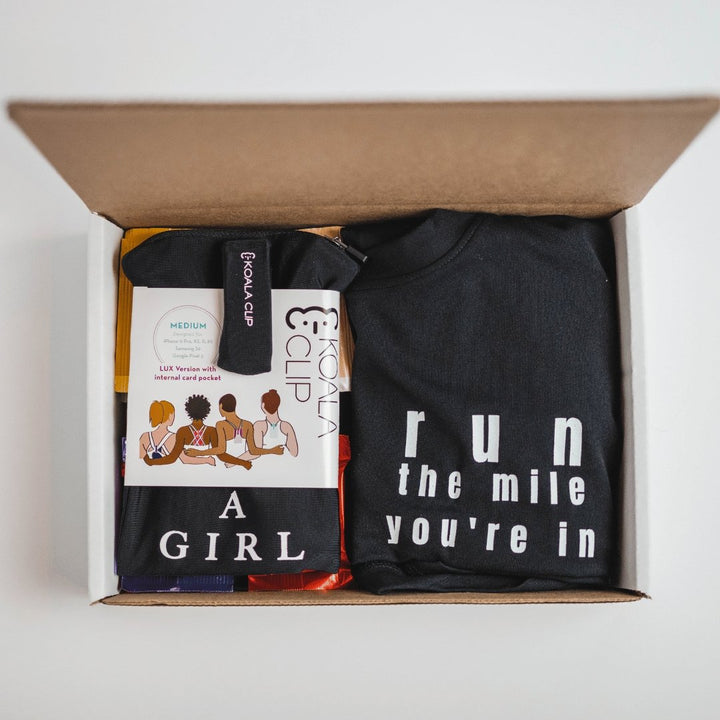
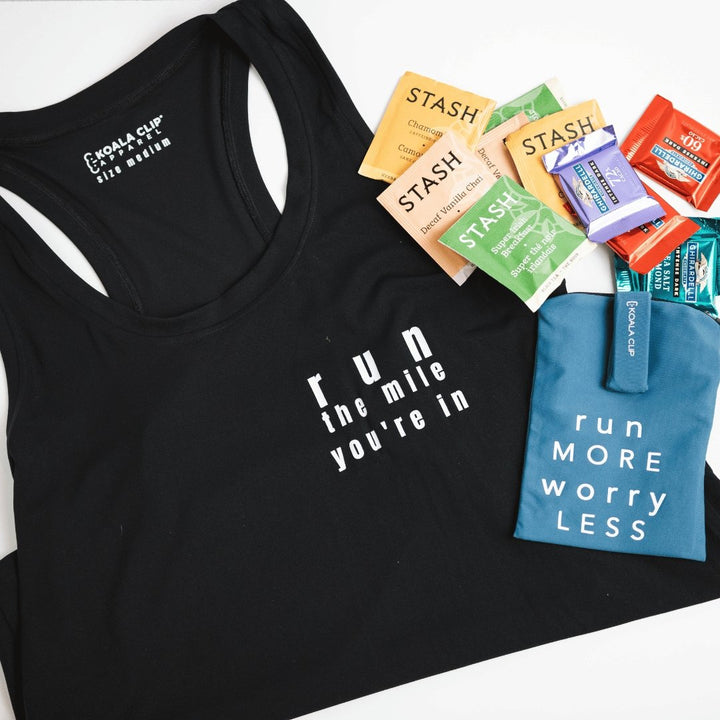
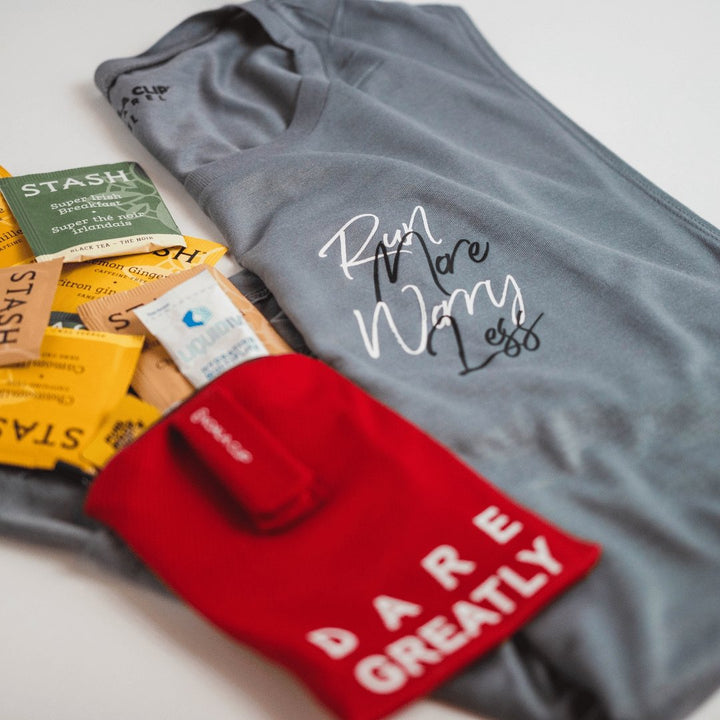
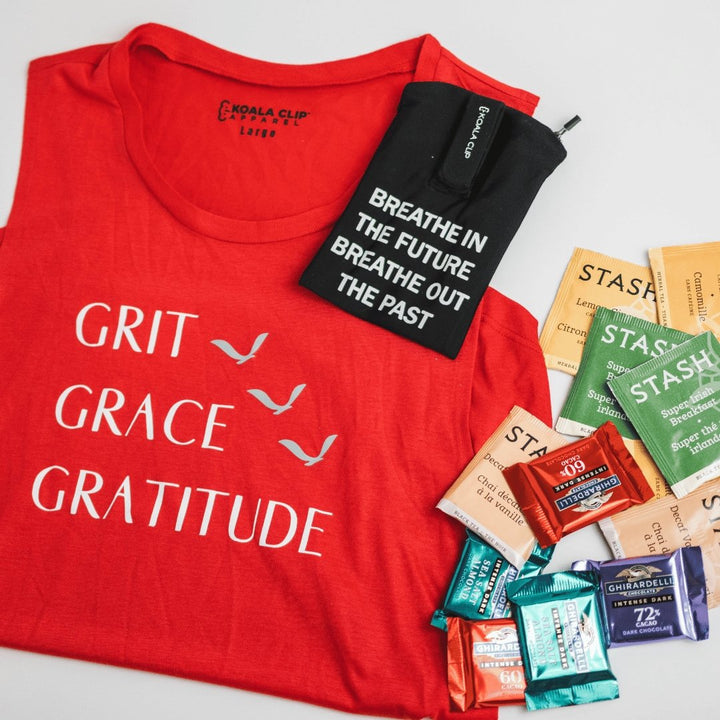
Oh how I wish we would have connected during this process. I am 7-1/2 weeks into a meniscus root repair on my right knee. Crutches and non-weight bearing for 6 weeks plus no driving. This post feels all too real!!!! I share the excitement for starting again but likely have weeks before I can too. Good luck for fast and wonderful healing! Thank you for sharing- it makes me feel seen!!!
Leave a comment